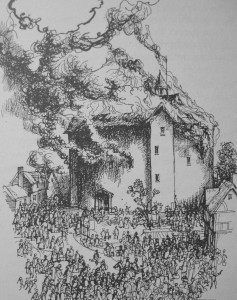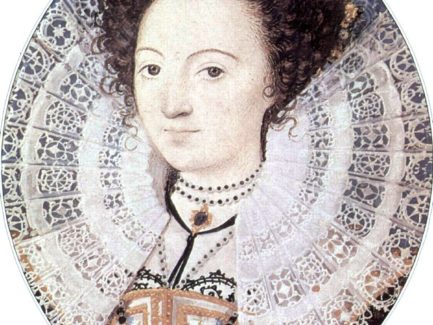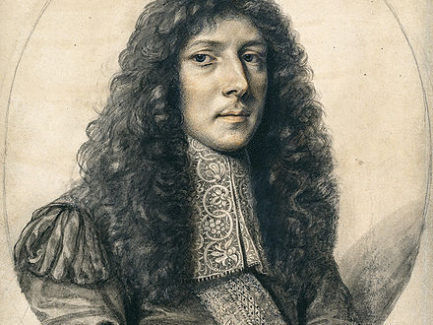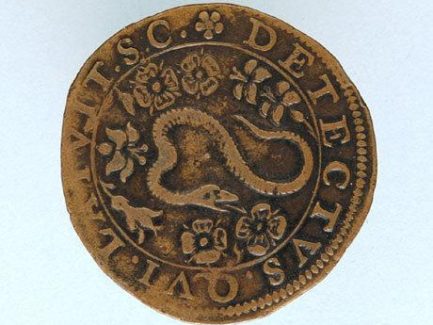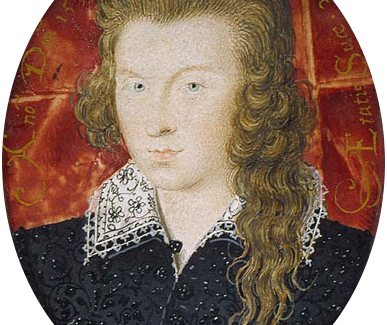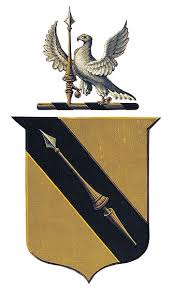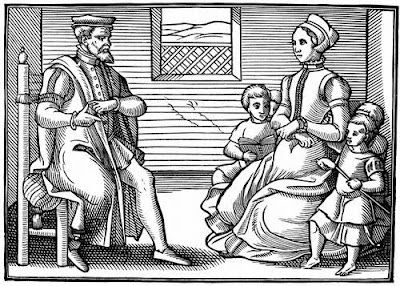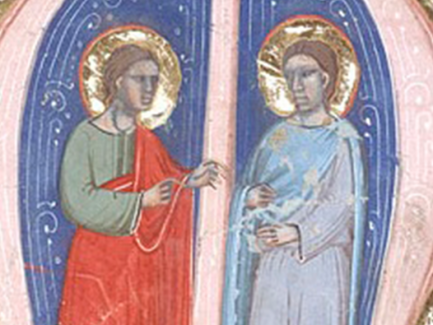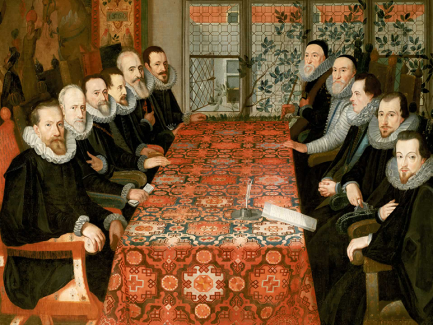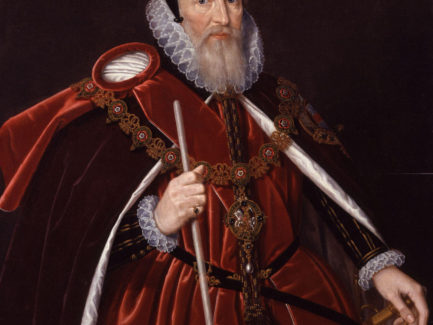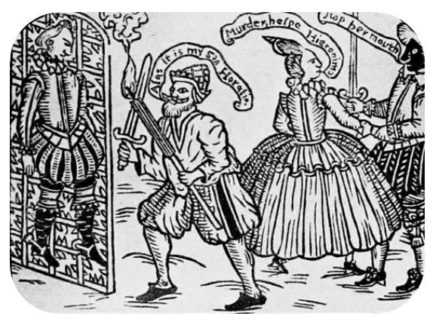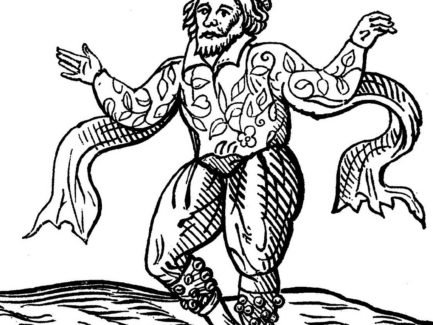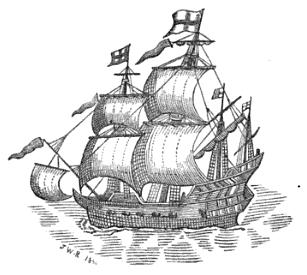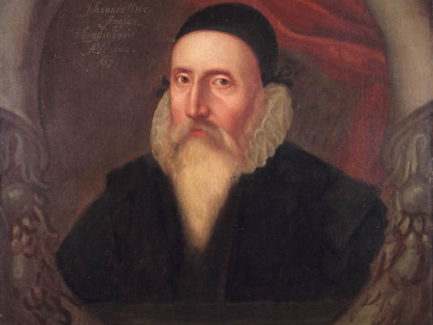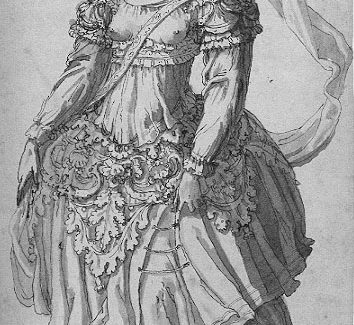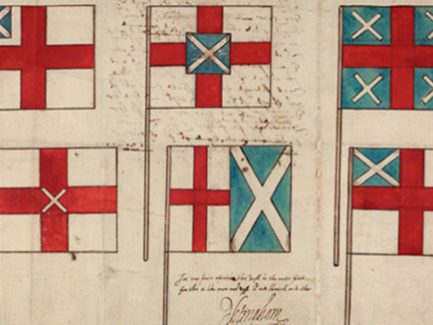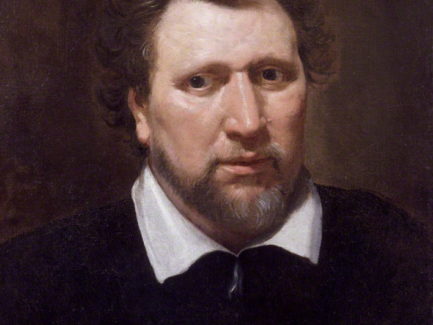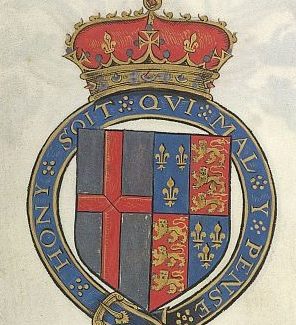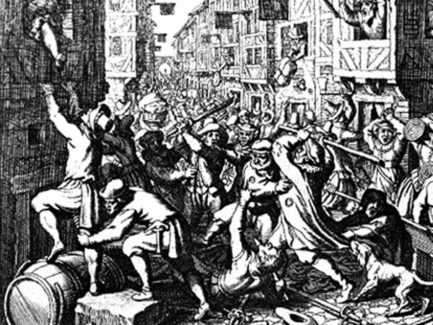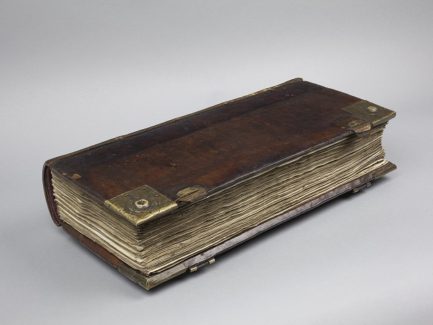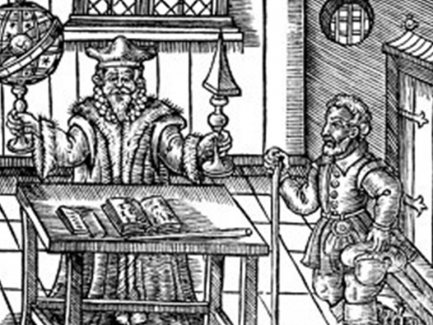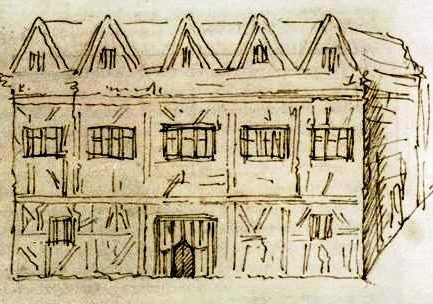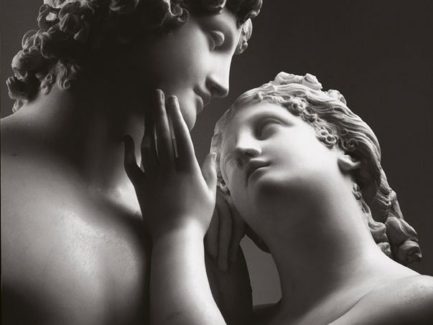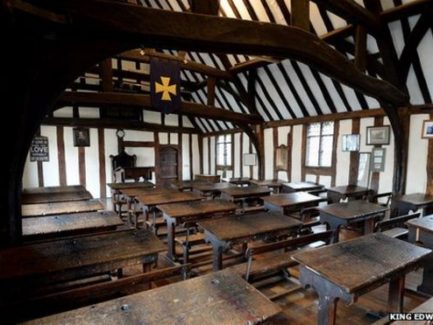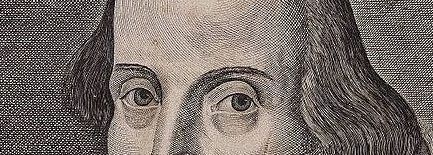What special effects did Shakespeare use?

A range of stage properties and special effects were used to add spectacle to performances in early modern playhouses. Gunpowder was often used for special effects, most memorably on the day the Globe burned down. Wadding had been used along with the gunpowder in the small canon which was fired. Although no cannon balls were used, the wadding turned out to be almost as dangerous when a piece of it set the thatched roof on fire. Cannon balls were also used to simulate thunder. They were rolled along tracks behind the stage in storm scenes such as the opening storm in The Tempest or the storm on the heath in King Lear. Bells, trumpets and drums provided additional sound effects for battles on stage. Animal organs and blood were indispensable in many of Shakespeare’s plays. Pig’s bladders filled with animal blood were popular in murder or mutilation scenes. Bladders of blood were often concealed in the clothes of an actor who was much smaller than his padded clothes made him appear. When he was stabbed the blood looked as if it came from a real wound.
Many of Shakespeare’s plays give an idea of the stage properties and special effects which would have been used. A candle, a cauldron and a severed head would have been used as props in Macbeth, and rapiers, a book and a skull would have been used in Hamlet. Severed heads must have been part of the stage properties in Shakespeare’s playing company because many of his history plays include beheading as a form of execution. Many stage directions also indicate that characters make an appearance on stage with a severed head: the queen enters ‘with Suffolk’s head’ in Henry VI Part 2; Richard enters ‘throwing down Somerset’s head’ in Henry VI Part 3; and Lovel and Ratcliff enter ‘with Hastings’ head’ in Richard III. Before the rebel leader Jack Cade was killed in Henry VI Part 2, he had ordered the beheading of Lord Sele and Saye when his followers occupied part of London. The decapitated heads of Lord Saye and his son-in-law are carried throughout the streets on poles and mockingly made to kiss one another at every street corner:
[Re-enter one with the heads]
CADE
But is not this braver? Let them kiss one another, for they loved well when they were alive. [The heads are brought together.] Now part them again, lest they consult about the giving up of some more towns in France. Soldiers, defer the spoil of the city until night: for with these borne before us, instead of maces, will we ride through the streets, and at every corner have them kiss. Away!
(Act 4 Scene 7)
In A Midsummer Night’s Dream, the players would have had a range of props which included a dog, flowers, a lantern and, of course, an ass’s head for Bottom the Weaver. Bottom himself also puts high priority on costumes and is more interested in looking the part than in learning his lines:
QUINCE
You can play no part but Pyramus, for Pyramus is a sweet-faced man, a proper man, as one shall see in a summer’s day, a most lovely gentleman-like man. Therefore you must needs play Pyramus.
BOTTOM
Well, I will undertake it. What beard were I best to play it in?
QUINCE
Why, what you will.
BOTTOM
I will discharge it in either your straw-colour beard, your orange-tawny beard, your purple-in-grain beard, or your French-crown-colour beard, your perfit yellow.
QUINCE
Some of your French crowns have no hair at all, and then you will play bare-faced. But, masters, here are your parts, [giving out parts] and I am to entreat you, request you and desire you, to con them by to-morrow night; and meet me in the palace wood, a mile without the town, by moonlight. There will we rehearse, for if we meet in the city, we shall be dogged with company, and our devices known. In the meantime I will draw a bill of properties, such as our play wants. I pray you fail me not.
(Act 1 Scene 2)
© 2019 Shakespeare’s World
To read more about this topic and other events on this day in Shakespeare’s lifetime, you can see our recommendations for further reading and visit our website to buy Shakespeare’s World App or to follow us on social media.




